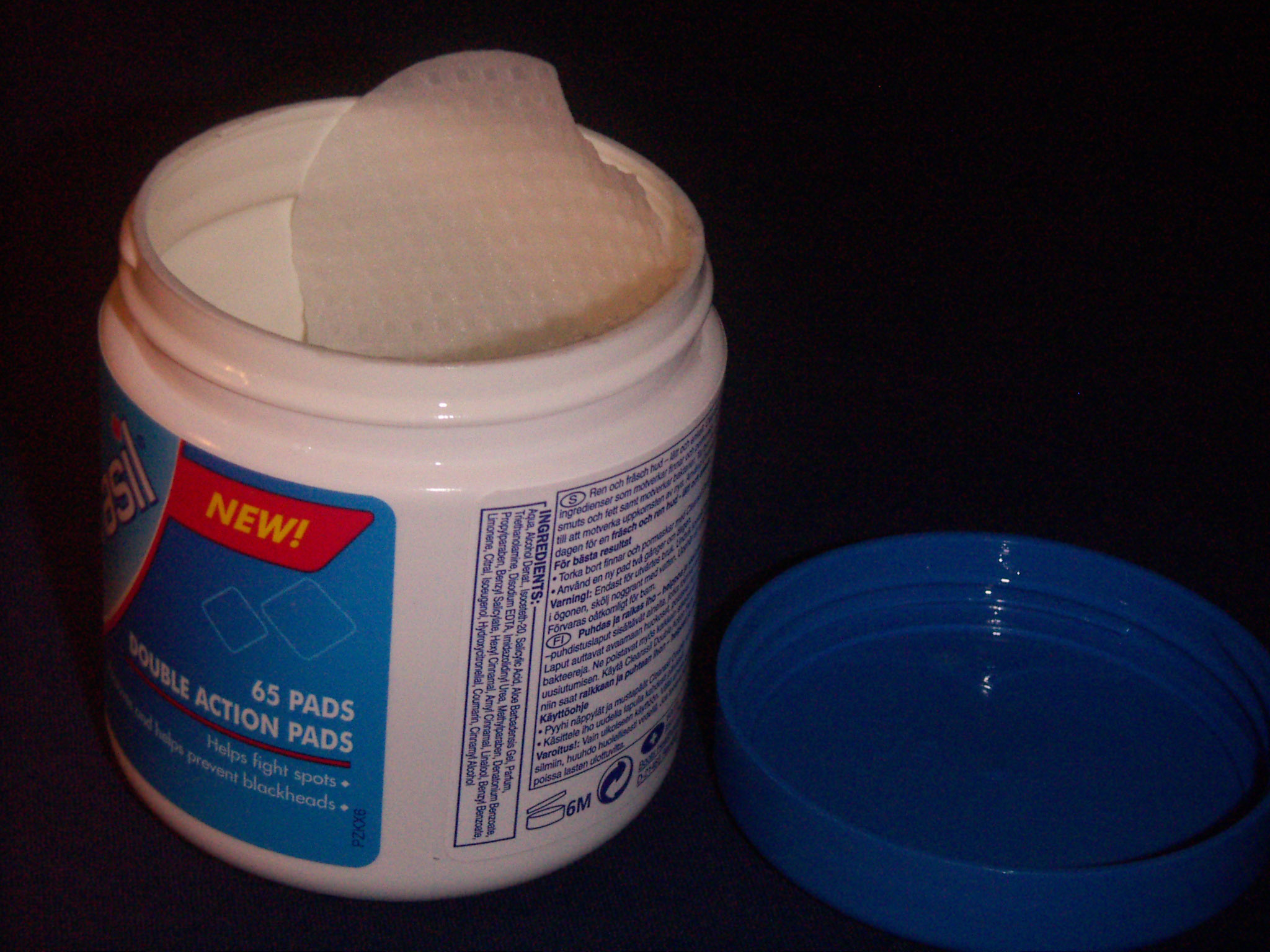| name | Topical Salicylic Acid |
| classification | Keratolytic |
| pharmacokinetics | Salicylic acid is readily absorbed through the skin. The extent of absorption depends on concentration, vehicle (e.g., cream, lotion), and duration of application. It is metabolized in the liver and excreted in the urine and feces. Significant systemic absorption is uncommon with topical use at therapeutic concentrations. |
| suggested dosage | Dosage varies depending on the condition being treated. Consult a healthcare professional for specific instructions. Generally, application is once or twice daily, as directed by a physician. |
| indications | | 1 | Treatment of acne vulgaris (mild to moderate) | | 2 | Treatment of warts (verrucae) | | 3 | Treatment of keratosis pilaris (rough skin) | | 4 | Treatment of calluses and corns | | 5 | Removal of superficial skin lesions and certain skin conditions |
|
| safety in pregnancy | Salicylic acid is generally considered to be potentially harmful to a fetus and should be used cautiously during pregnancy. Only use under direct medical supervision. Consult with a healthcare professional before using topical salicylic acid during pregnancy. |
| safety in breastfeeding | Limited data is available on the safety of salicylic acid in breastfeeding women. It may be transferred into breast milk; therefore, use is generally not recommended during breastfeeding unless the potential benefits outweigh the potential risks. Consult with a healthcare professional before using topical salicylic acid while breastfeeding. |
| side effects | | 1 | Skin irritation (redness, dryness, burning, itching) | | 2 | Skin peeling | | 3 | Local skin reactions (e.g., allergic contact dermatitis) | | 4 | Transient stinging or burning sensation | | 5 | Rare cases of systemic effects with high-concentration preparations or extended usage |
|
| alternatives | |
| contraindications | | 1 | Known hypersensitivity or allergy to salicylic acid | | 2 | Open wounds or skin lesions in the application area | | 3 | Active skin infections in the application area | | 4 | Use in or around the eyes |
|
| interactions | | 1 | Possible interaction with other topical medications. Inform your doctor about any other medications you are using. |
|
| warnings and precautions | | 1 | Start with a low concentration and frequency of application, gradually increasing as tolerated. | | 2 | Avoid contact with eyes, mucous membranes, and irritated skin. | | 3 | Protect treated skin from excessive sunlight. | | 4 | Use in children must be performed under medical supervision. | | 5 | Patients with a history of skin disorders should exercise caution. | | 6 | Do not use on large areas of skin, or prolonged application without consulting a doctor. | | 7 | Monitor skin reactions closely and stop use if irritation worsens. |
|
| additional informations | | 1 | Different formulations (lotions, gels, pads, etc.) exist. Different strengths exist. Follow the instructions of the product packaging and any instructions from the prescribing doctor. | | 2 | Avoid use on damaged or broken skin. Don't use with other topical irritants unless under medical supervision. |
|
| patient specific notes | A 25-year-old male weighing 70 kg is a typical adult. The dosage and regimen should be tailored to the specific condition being treated and should be discussed with a healthcare professional. |

